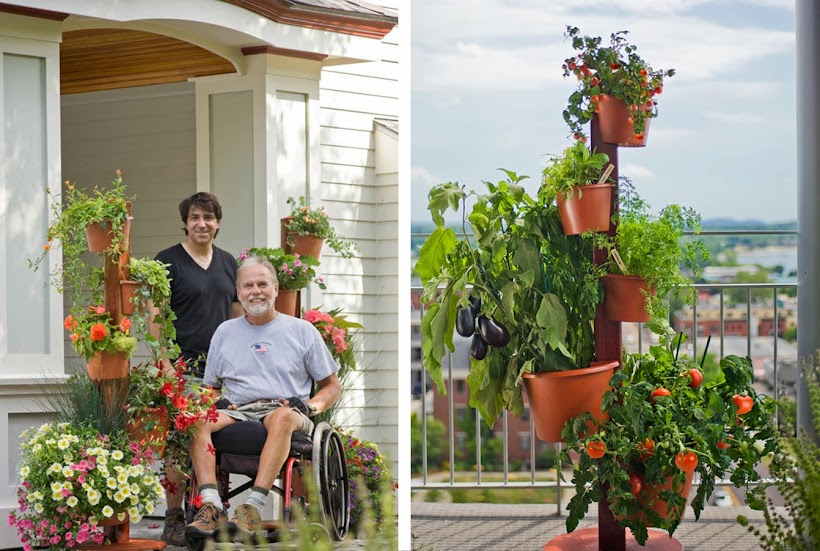I’m constantly thinking
of ways to use My Garden Post throughout the year. A poinsettia display has
been on my mind for several months so I thought I’d give it a try. I found a
good buy on the plants and it took only 5 quarts of potting soil and 15 minutes
to create this stunning arrangement. It will greet customers entering my wife’s
tile store for several weeks.
Of the millions of poinsettias
purchased each Christmas season, very few are grown on and enjoyed the following
year. What a shame! If you’d like to save yours from the compost pile, here are
a few simple tips I’ve used to keep them going.
First, it’s important to
keep them watered (moist to slightly dry before the next watering), fertilized
(monthly), and positioned close to a sunny window for the remainder of the
winter. The flowering bracts will fail and can be trimmed off. The plants will
be all green for the remainder of the winter. After the threat of frost has
passed, they can be moved outside.
Before I move my
poinsettias outside for the summer, I repot them into plastic pots at least 2-4”
larger than those they were growing in. New soil is important and I add a few
tablespoons of slow release fertilizer that will feed them for up to 3 months.
I supplement the slow release granules with a water soluble fertilizer every
couple weeks.
I’ll admit the
poinsettias can look pretty sad when the time comes to repot them and set them
outside in late May. Don’t let that concern you. I cut mine back to 6”-10” and remove
all the yellowing leaves. You may have only stems left and that’s OK.
Find a good location with
southern exposure and plumb them up to drip irrigation. They’ll require very
little attention. Within ten days you’ll notice new leaves sprouting on all the
stems. The points will flush out quickly and grow 2-3 times the size when you
bought them. Give them a hard pinch every six weeks to encourage stalky full
plants.
Before the first frost
hits in the fall, bring your plants inside and give them all the sun you can. Now,
there’s a trick to get them to reflower for Christmas. They need total 14-15
hours of uninterrupted darkness from September 21st to the
end of October. That can be done easily by setting a box over each plant.
Choose a schedule that’s convenient for you. Example: on at 5 PM and off at 7
AM.
Try it. It’s very
rewarding and saves you a ton of $$. Enjoy your holidays and send me your
comments and questions. Oliver






















